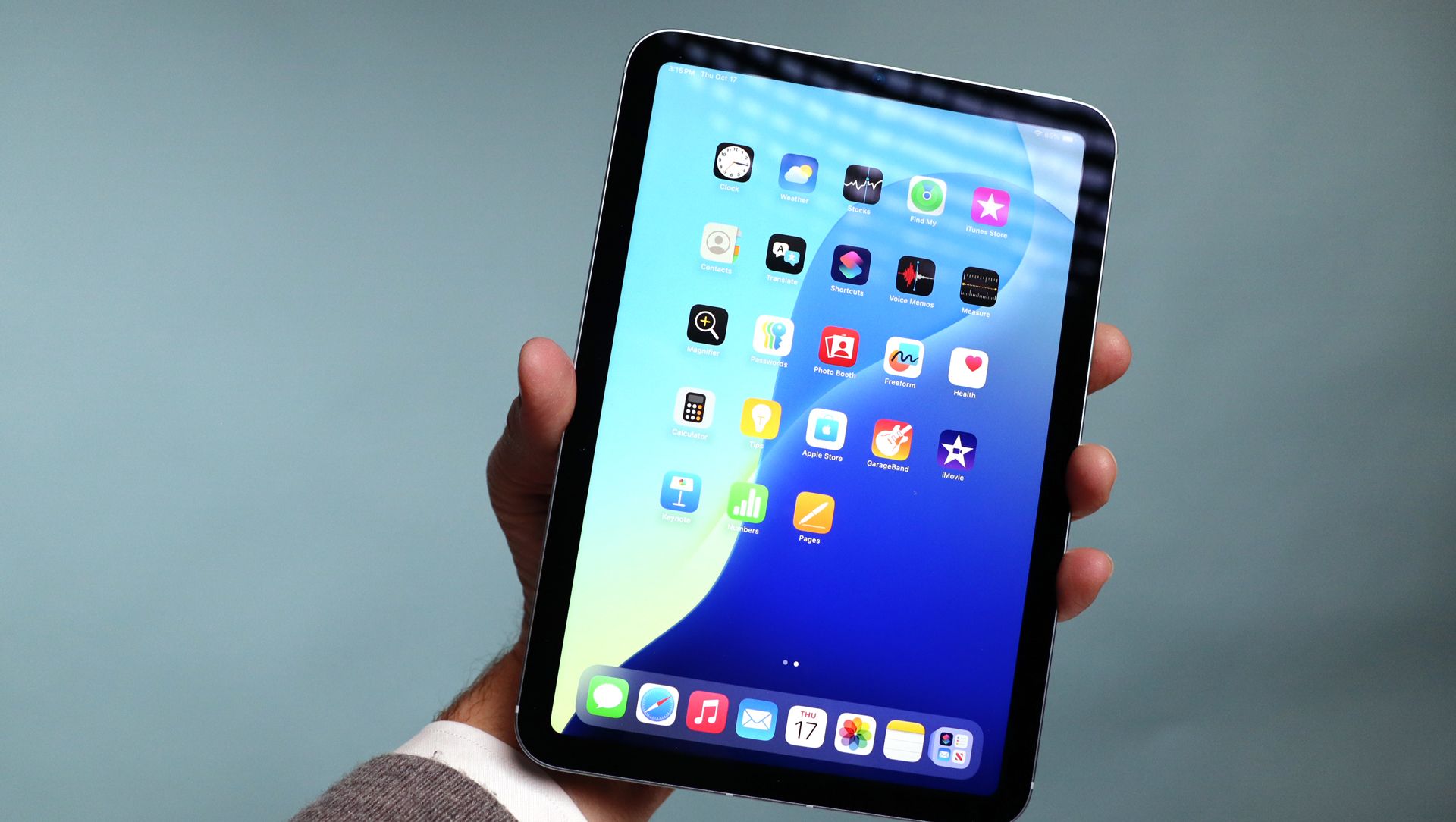Copyright Simple Flying

The story of the Boeing 747 is one of daring ambition, technological breakthrough, and enduring legacy. Although its commercial production has ended and many airlines have retired the type, the 747 continues to captivate aviation enthusiasts, serve niche roles, and inspire respect across the industry. In our article, we examine why, despite its retirement among many carriers, the 747 remains an engineering icon. We’ll trace its roots in the 1960s, follow its evolution through the final variant, look at which operators still fly it, examine the engineering marvels it embodied, consider why quad-engine giants are disappearing, and reflect on the aircraft’s enduring place in aviation history. A Giant Is Born — The History Of The 747 When Boeing launched the 747 program, the aim was to reshape long-haul flight. The first 747 flew on 9 February 1969, ushering in a new era of large, widebody passenger aircraft. The aircraft became emblematic of ambition: the “Queen of the Skies,” capable of carrying hundreds of passengers across continents. Its roots include the deal between Pan Am and Boeing. According to an urban legend, an informal handshake on a fishing trip in 1965 led to Boeing's commitment to develop the world’s largest passenger jet, as described by the AERO Report. Boeing built enormous infrastructure to make it happen, including the world's largest building by volume at the Everett factory near Seattle in the USA. Apart from being a very successful and iconic jet from the 70s until the first decade of the new millennium, one of its most symbolic incarnations of the 747 is its role as the presidential transport aircraft. The US presidential fleet has used a modified 747-200B variant, designated the VC-25A, since 1990, which is still operational and can be observed during numerous official US presidential trips around the world. This underscores the 747’s stature not just in civilian aviation but in military and governmental service. The fact that the 747-200 still serves as “Air Force One” speaks to the airframe’s robustness, adaptability, and, of course, its iconic status. Basically, the 747’s arrival changed aviation. It opened routes, redefined long-haul economics for its time, and became a cultural icon. That history matters when we ask why it remains iconic even as it fades from mainstream airline service. The Final Variant And The End Of Production After decades of success and multiple variants, the 747 program came to a close with the introduction of the 747-8. The Boeing 747-8 series, comprising the passenger (-8I) and freighter (-8F) versions, represented the culmination of the design evolution. But even this final model faced headwinds. The 747-8 entered production at a time when twin-engine widebody jets (such as the Boeing 777, Boeing 787, and Airbus A350) were dominating the market, offering comparable range with far lower fuel and maintenance costs. AERO Report also noted that “the new generation of ultra-efficient twin-jets … put an end to the production of all four-engine long-haul widebody jets.” Indeed, the last 747 left the Everett factory on December 6 2022 (delivery January 31, 2023) as the 1,574th and final airframe built. Whilst the passenger variant of the 747-8 sold modestly, the freighter version found more traction, reflecting the shifting market role for large quads. The retirement of passenger 747 orders and the shift to freighter usage illustrate the changing economics of air travel. It is in this context that the 747 ended production; not because it wasn’t iconic, but because market realities changed. That makes its engineering achievements more impressive: the program sustained relevance for over 50 years under varying conditions. There are also talks that the current US presidential administration plans to convert one of the Boeing 747-8 VIP into a new Air Force One. Who’s Still Flying The 747 And For How Long? Although production has ended, the 747 continues to serve in limited roles. On the passenger side, a few airlines continue to deploy 747‐400 or 747-8-series jets, while cargo operators make strong use of the freighter Boeing 747-8F. For example, if you want to try a 747 while it’s not too late, your best bet is Lufthansa, as they operate 27 passenger 747s, as of 2025. Many aviation enthusiasts on Reddit also pointed out that: “Hundreds are flying freight around the world day and night … [the 747-8] will be around quite a while since nothing can compare to what cargo they can carry.” Nevertheless, retirements are underway. According to Simple Flying, operators such as Lufthansa plan to retire their 747-400s by 2028. As the market shifts further, more passenger 747s will exit service, while freighter use may continue longer, given their specialized role. Why does this matter? Because it highlights a transition phase: the 747 may no longer be ubiquitous in passenger service, but it remains significant in selected markets (especially cargo) and thus retains relevance. Its retirement isn’t abrupt but gradual, preserving its status as an engineering icon through enduring service. Engineering Marvels — What Made The 747 Special? From its first production run to its final variant, the 747 showcased multiple engineering breakthroughs that made it legendary. Firstly, the 747’s cargo-friendly design: early in development, Boeing anticipated that supersonic transport might dominate passenger service, so the 747 was designed to be convertible to freight. Structurally, this was realized via the distinctive “hump” upper-deck and nose-cargo door on freighter versions. Interestingly, this insight about the dual cargo-passenger role indeed prolonged the life of the Queen of the Skies well into the 21st century, as it managed to compete well as a freighter against modern twin-engine aircraft, but not against supersonic ones, which didn’t take off well as a popular and sustainable design. Secondly, size and structural scale: the 747-400 featured six million parts and wings covering 524.9 m², “enough space to park 45 midsize cars,” according to AERO Report. The logistics of constructing the aircraft, especially in the 1960s with little digital design support, were formidable: wooden models, 15,000 hours in the wind tunnel, and an assembly plant built while design was still underway. Thirdly, range and performance: The VC-25A version used as Air Force One demonstrates the 747-200’s capability. According to Boeing, the 747-200B presidential aircraft has a range of about 7,800 statute miles (≈12,600 km) without refueling. Meanwhile, the 747-8 boasts the title of the largest 747 variant and the longest operational aircraft in the world, with a length of 250 ft 2 in (76.25 meters), as reported by Boeing. Lastly, innovation over time played its important role: The shift from the 747-100 through -200, -300, and -400 to the -8 represents incremental advances in fuel efficiency, avionics, wing design, engines, and deck layout. The 747-400 introduced a glass cockpit with two pilots and winglets, representing a significant upgrade compared to previous models. These engineering achievements made the 747 not just a big airplane, but a symbol of what large-scale commercial aviation could accomplish: connecting continents, carrying more people or cargo than ever before, and opening new possibilities for operators. The Decline Of The Quadjets — Why The 747 No Longer Suits The 21st Century If the 747 was once the future of aviation, why is it now increasingly retiring from passenger service? The answer lies in economics, technology, and market dynamics. Quad-engine jets, such as the Boeing 747, as well as the Airbus A340 and Airbus A380, inherently have higher fuel consumption, more complex maintenance, and higher operating costs compared to modern twin-engine widebodies. The rise of ultra-efficient twin-engine jets, such as the Boeing 777, Boeing 787, and Airbus A350, has changed airline fleet strategies. These aircraft offer similar or better range, lower cost per seat, and improved economics for long-haul routes. AERO Report states: “It was precisely this new generation of ultra-efficient twin-jets that put an end to the production of all four-engine long-haul widebody jets.” Furthermore, market demand altered: fewer airports allow enormous aircraft unrestricted operations; airlines favor flexibility (smaller widebodies on more routes) over sheer capacity; and environmental, fuel-cost, and emissions pressures pressed against older designs. As a result, four‐engine giants like the 747 faded in passenger roles, or were almost completely phased out, such as the A340. Yet the 747 continues to be used in freight because cargo has different metrics: volume capacity, structural strength, and load flexibility matter more than fuel burn per passenger. This is something that its closest rival, the Airbus A380, cannot be adapted to do. In short, the 747 remains iconic for what it achieved, even though the era it once led is coming to an end. Its successors carry the baton, but the 747’s legacy ensures it won’t be forgotten. The 747’s Lasting Legacy In the span of aviation history, few aircraft can claim the cultural and technical prominence of the Boeing 747. From its inception in the 1960s to its final assembly in 2022/23, the 747 stood as a symbol of ambition, innovation, and scale. Even now, as commercial passenger fleets retire the type, the 747 continues to fly, either as cargo workhorses or limited passenger or VIP transport. Its engineering achievements remain relevant: the design foresaw cargo use, mastered size and complexity, and adapted across generations. What makes the 747 truly an icon isn’t simply its size or longevity: it’s that it re-imagined what large commercial aviation could be and delivered on that promise for decades. When we look back at aviation’s “golden age” of long-haul travel, the 747 is a central figure in that era. For aviation professionals, historians, and enthusiasts, the 747 offers lessons in balancing design ambition with market realities, in evolving an airframe over time, and in recognizing that engineering icons may outlast their primary role. Though the 747’s production run ended, its influence in aviation persists. As airlines complete the final phases of retirement and freighter operation extends, the 747 will gradually leave mainstream view, but its shadow remains in every modern widebody, every globe-spanning route, and every cargo deck that carries what once flew in its belly. The “Queen of the Skies” may relinquish the throne, but its reign reshaped aviation forever.



